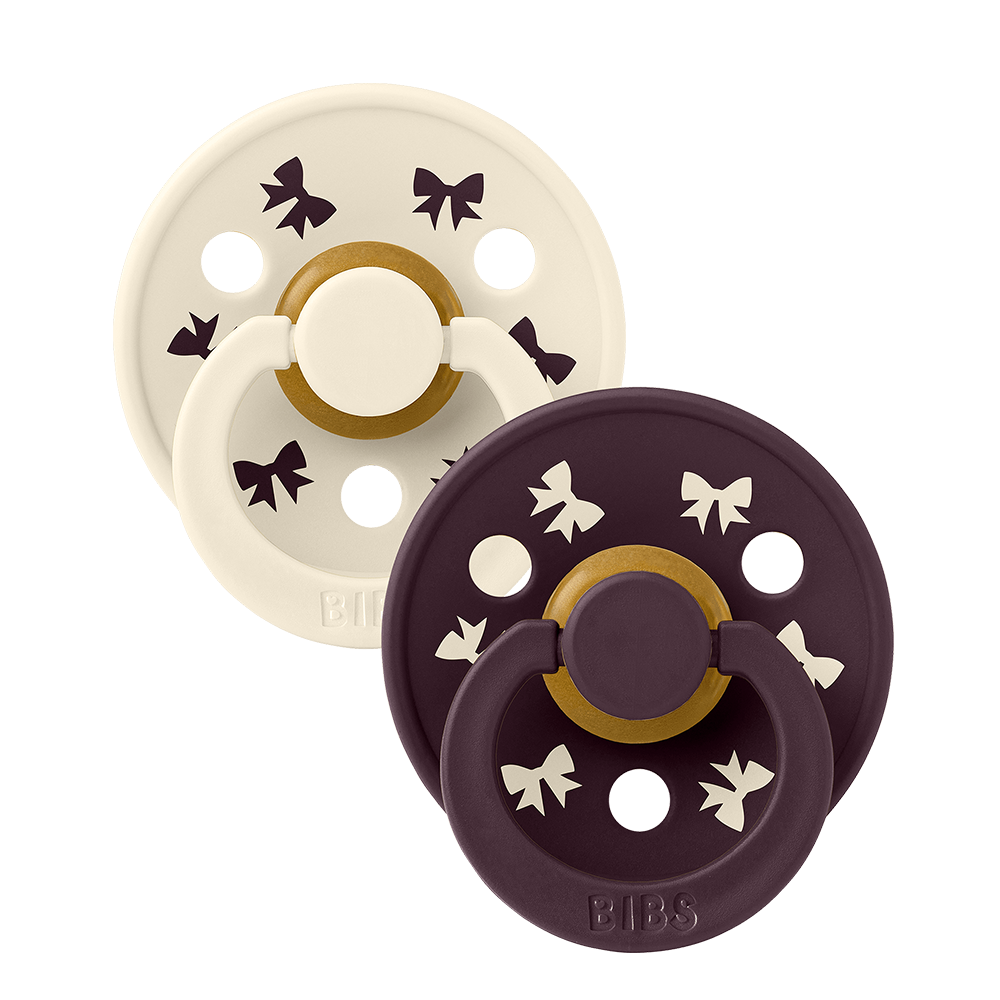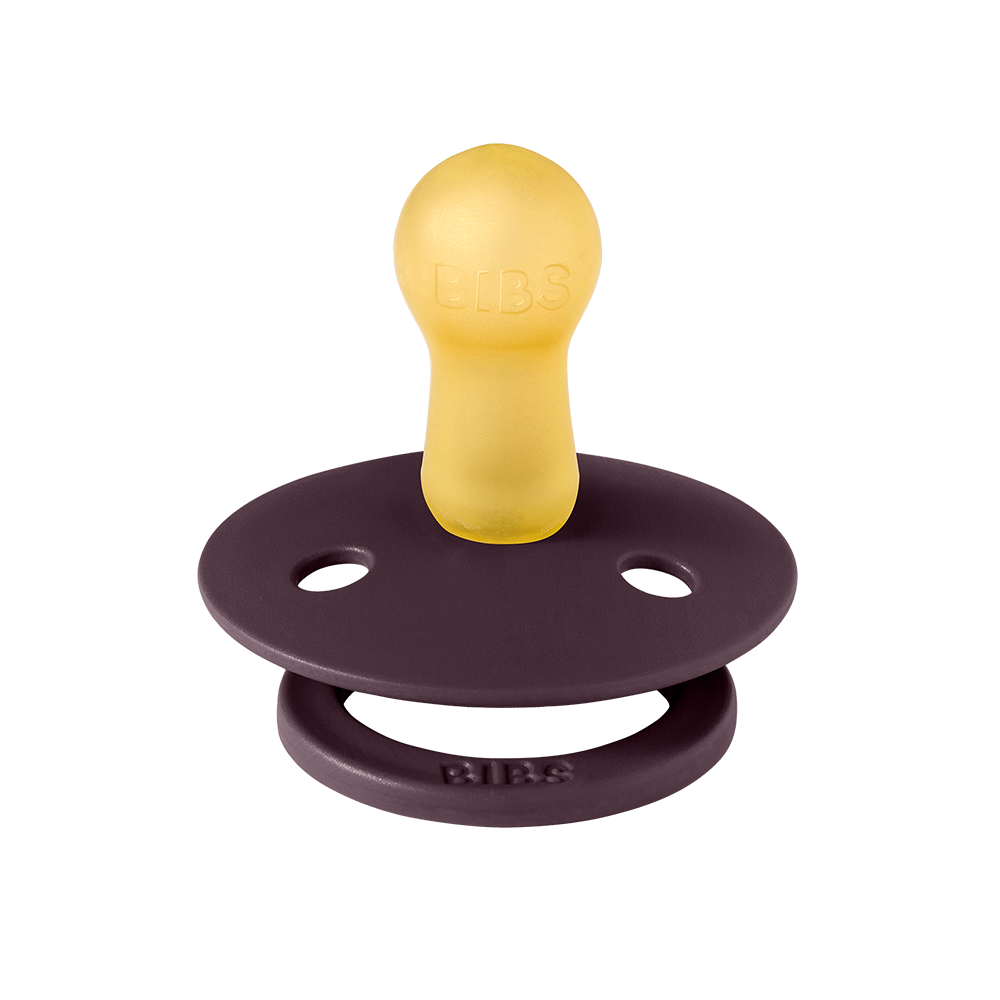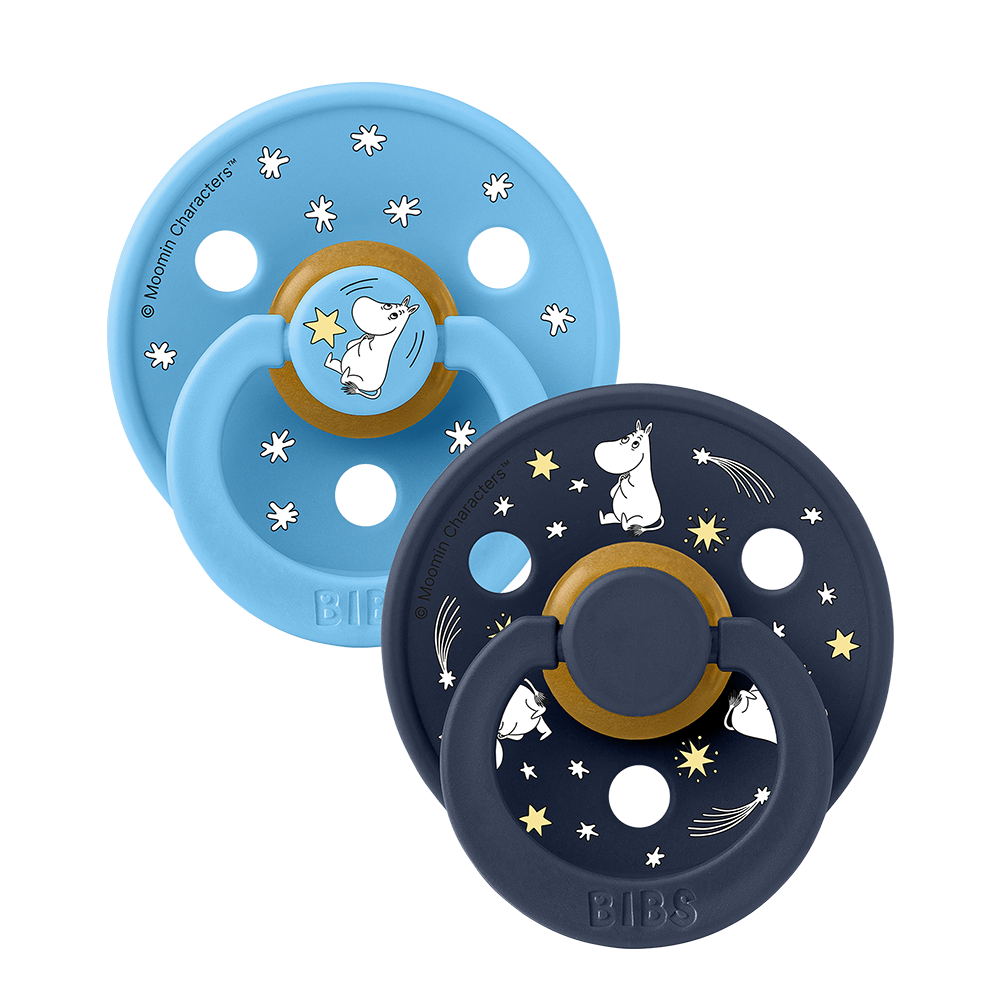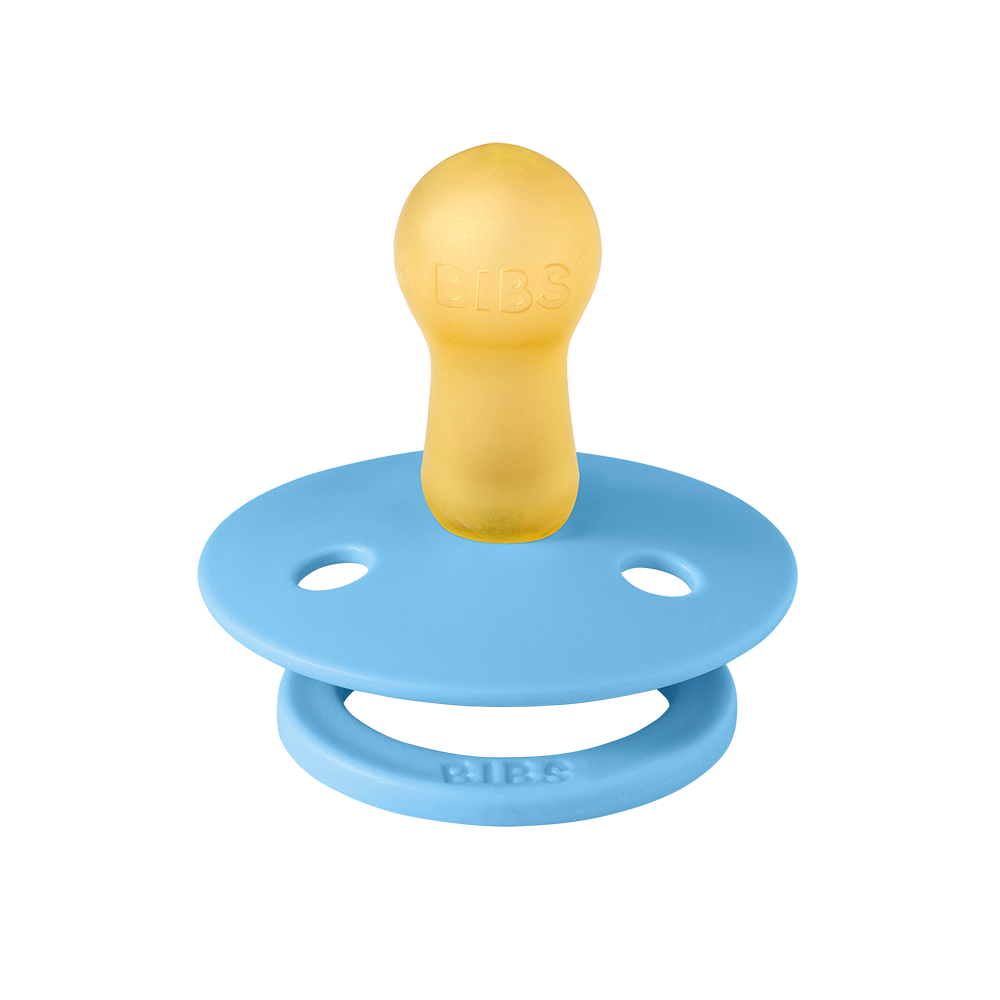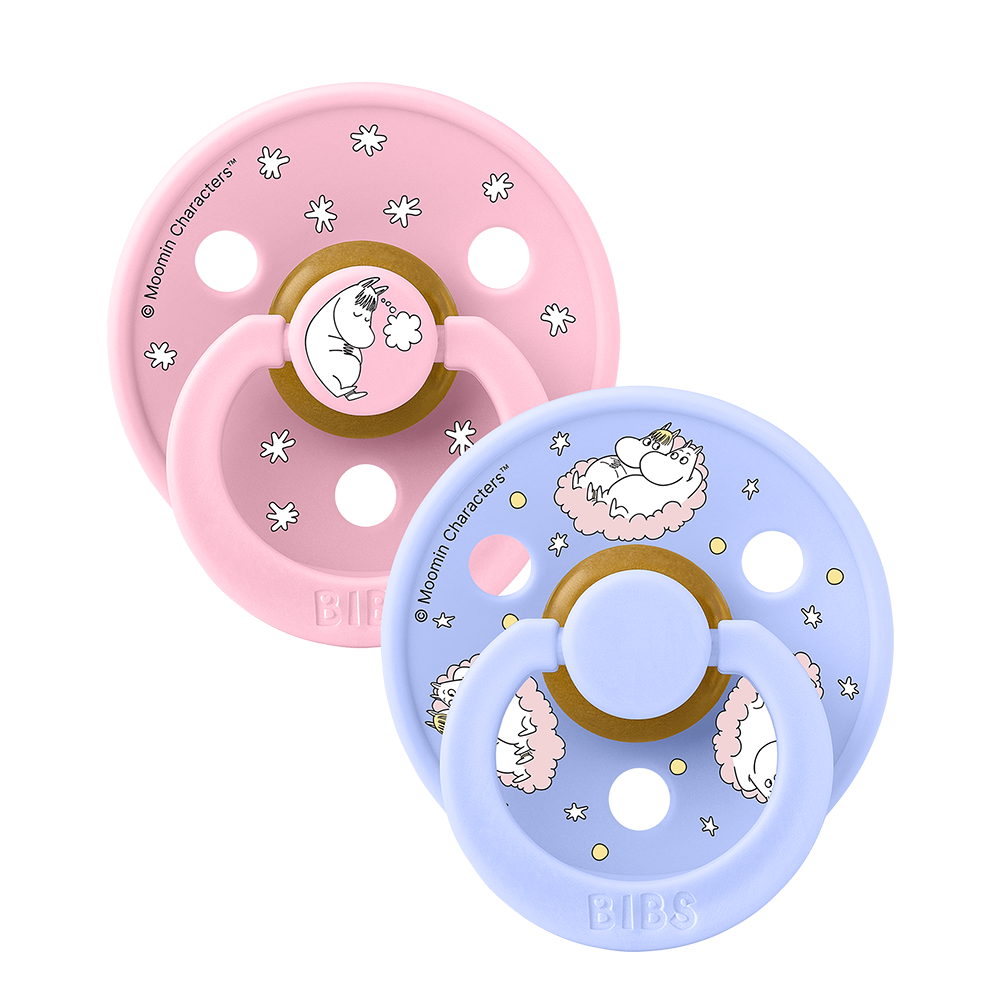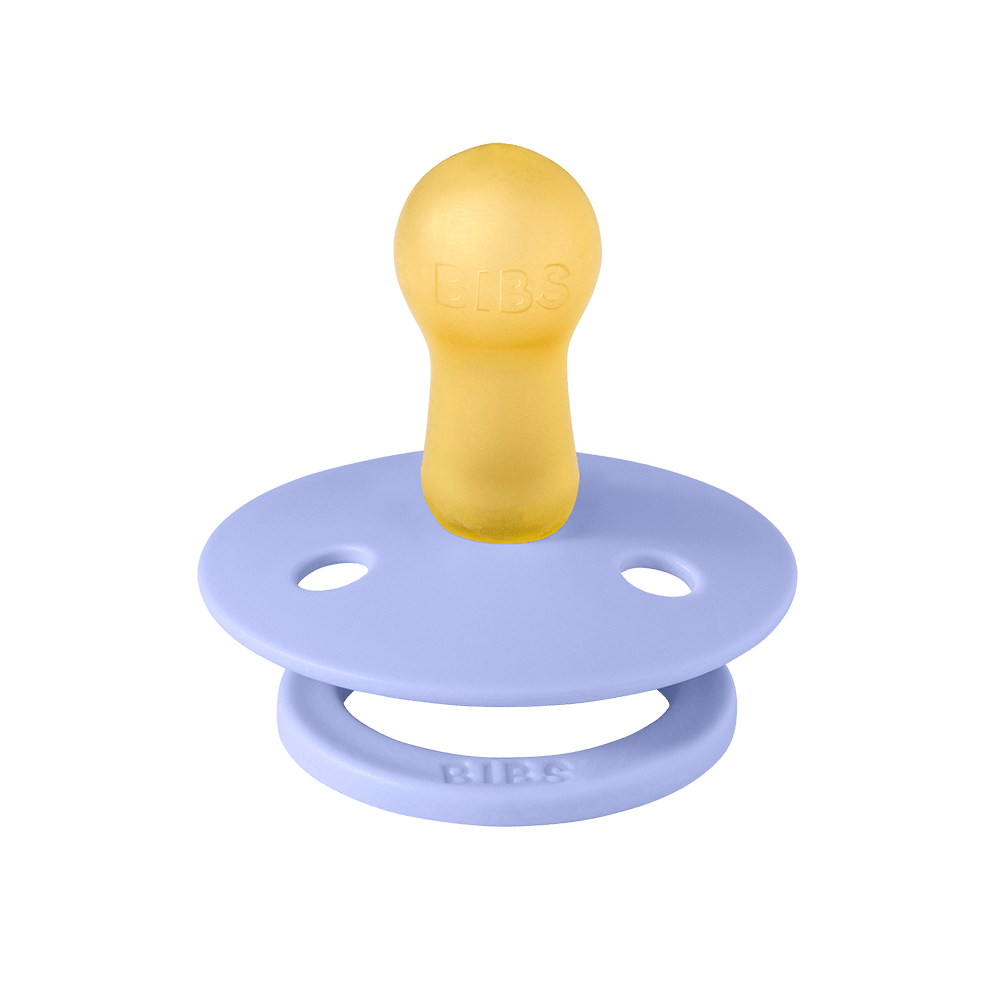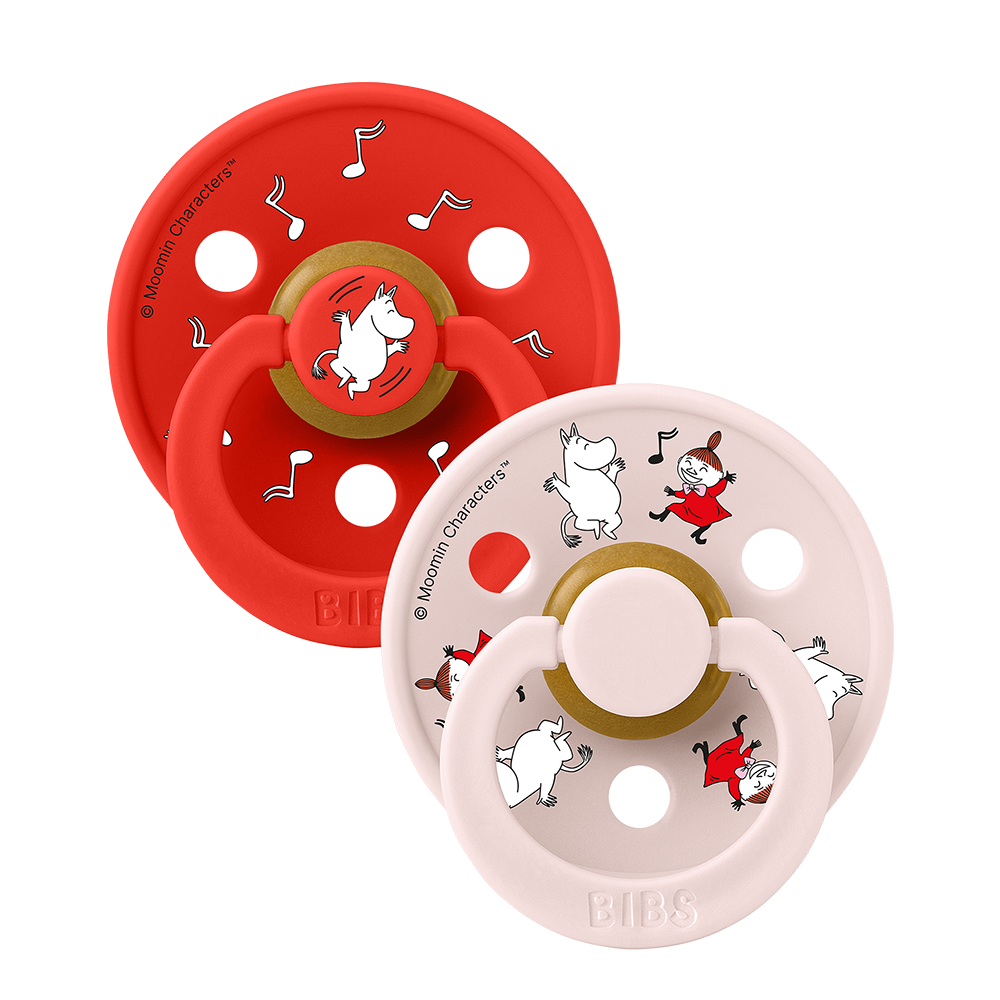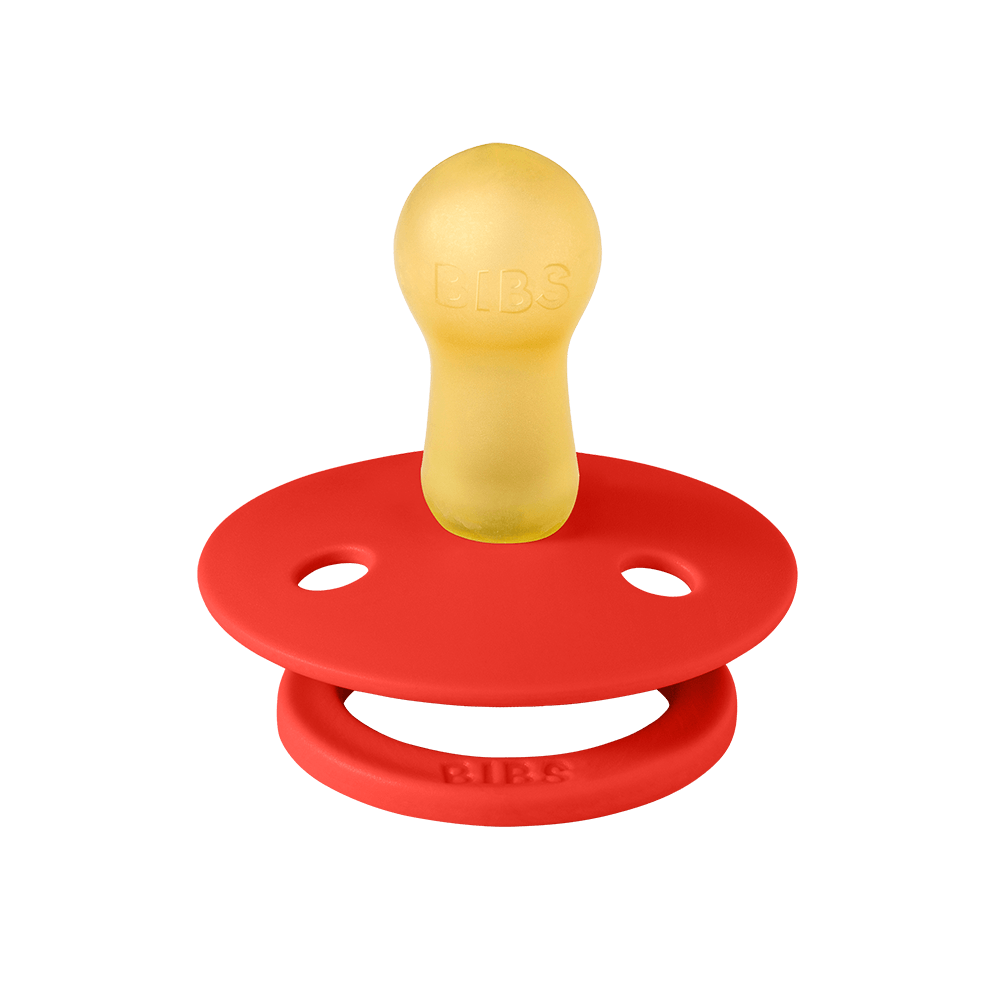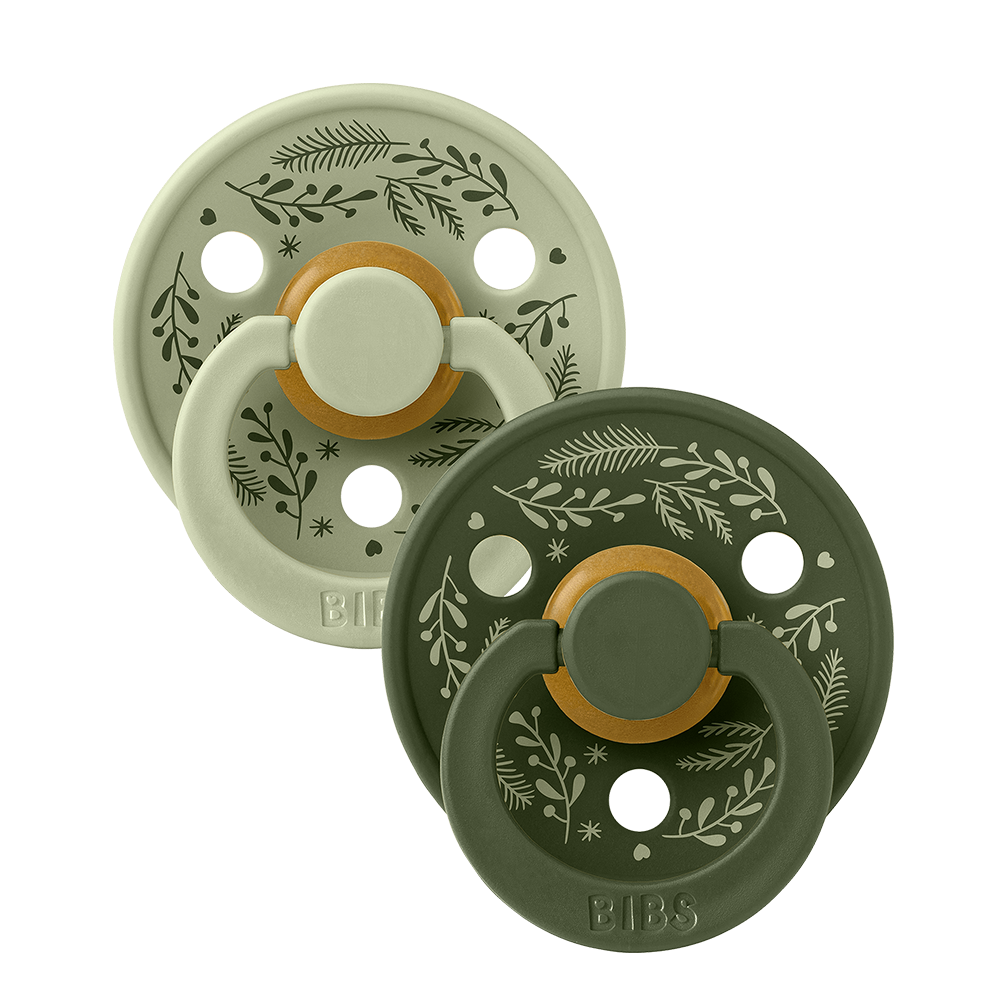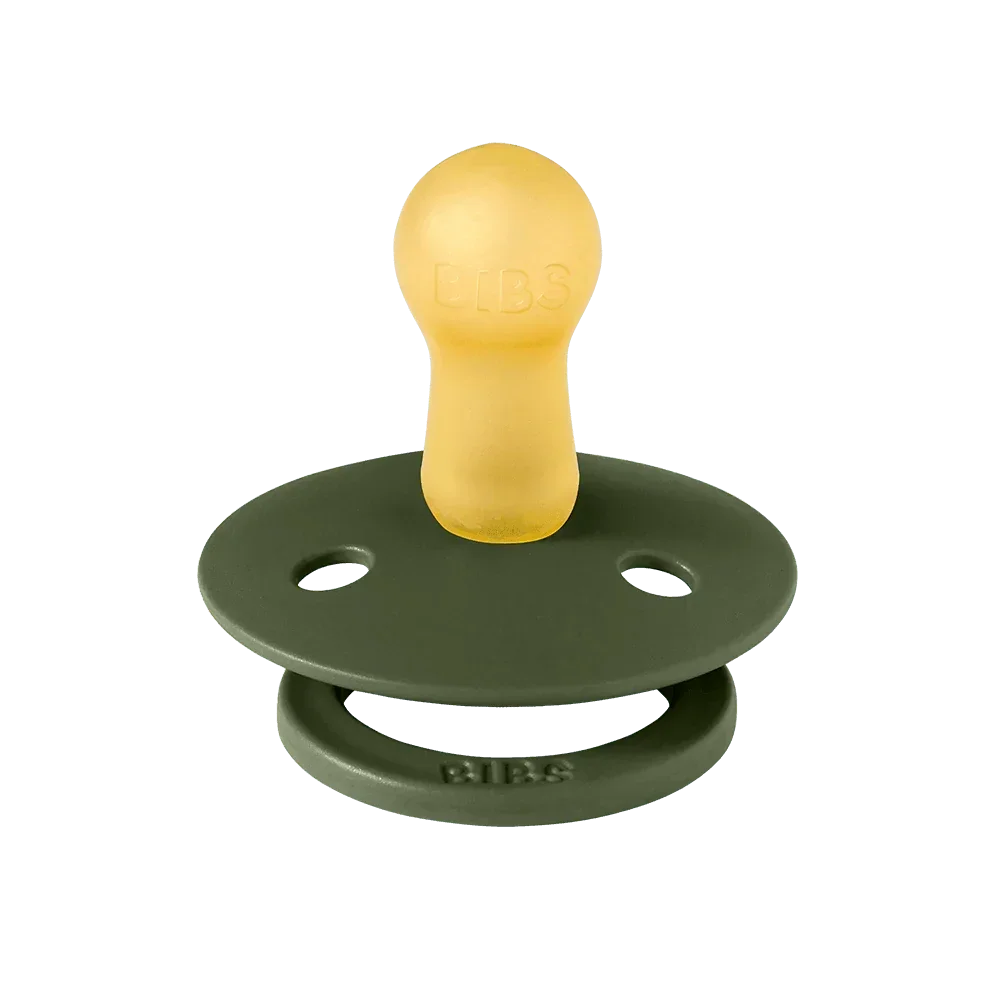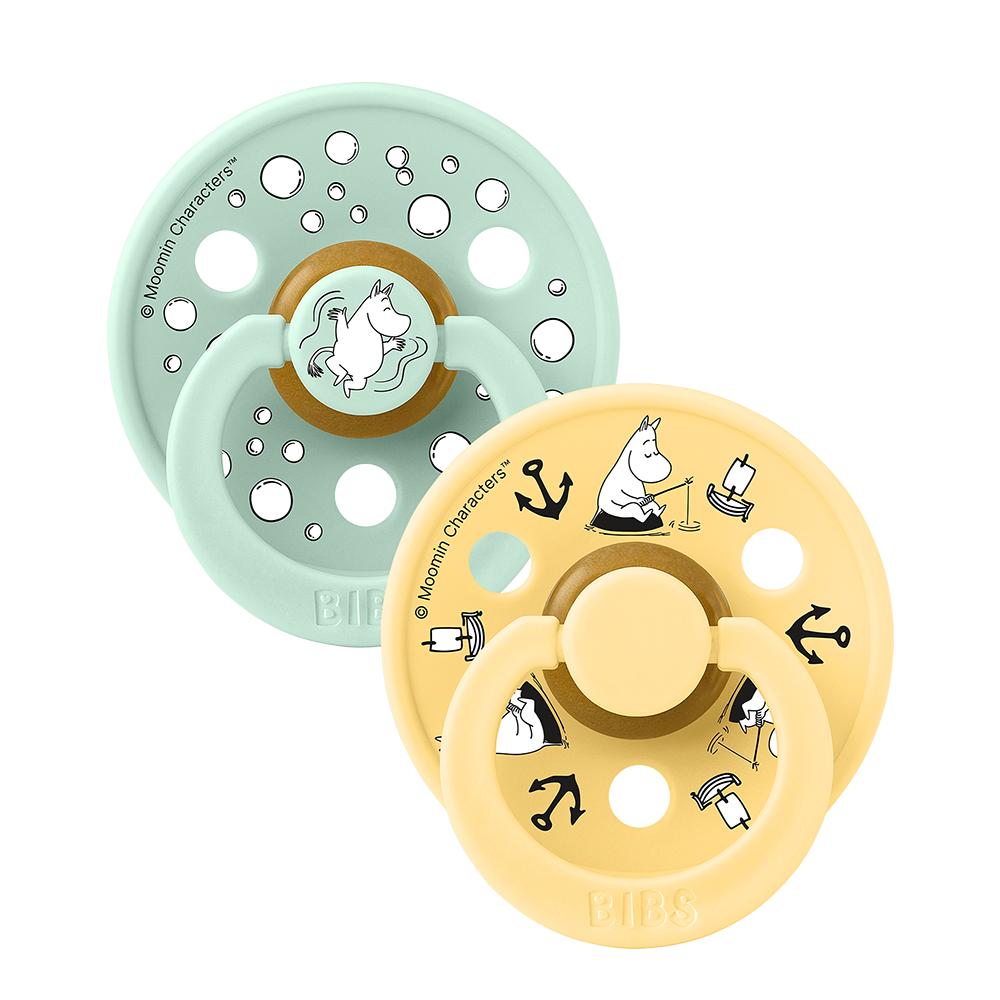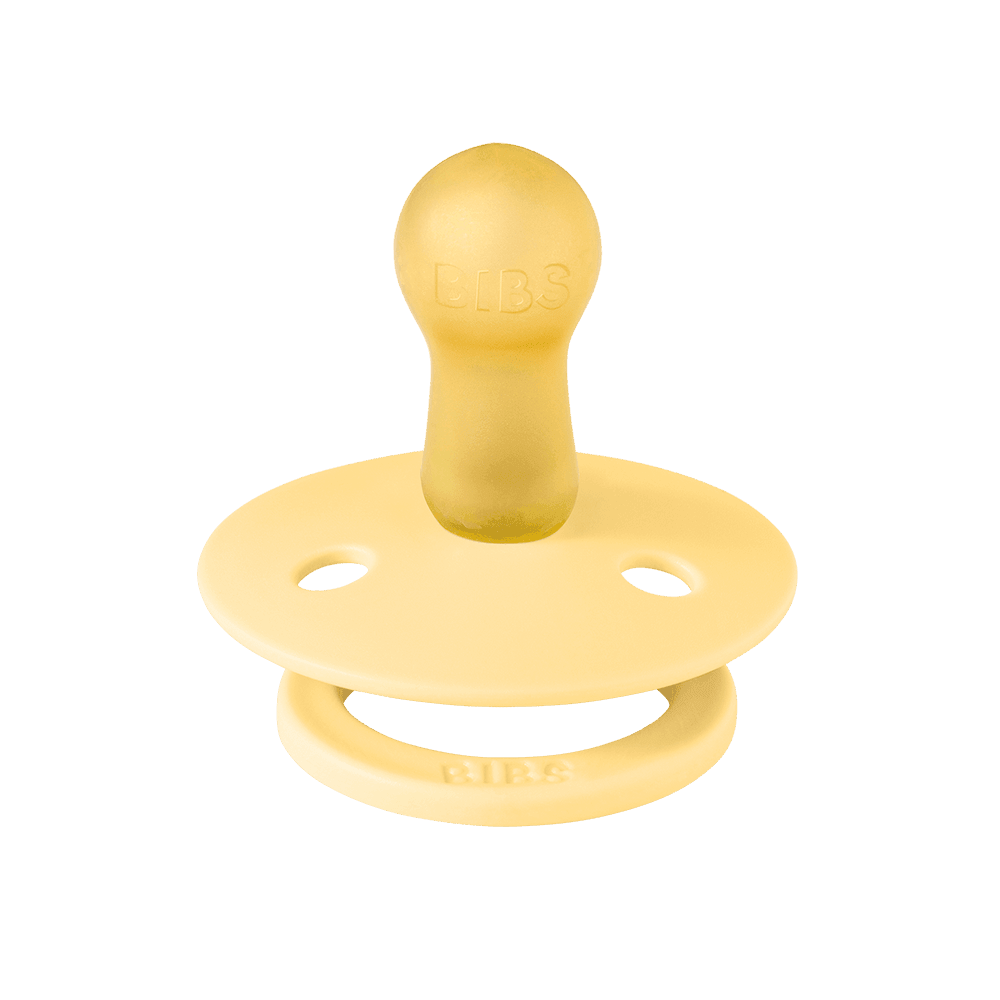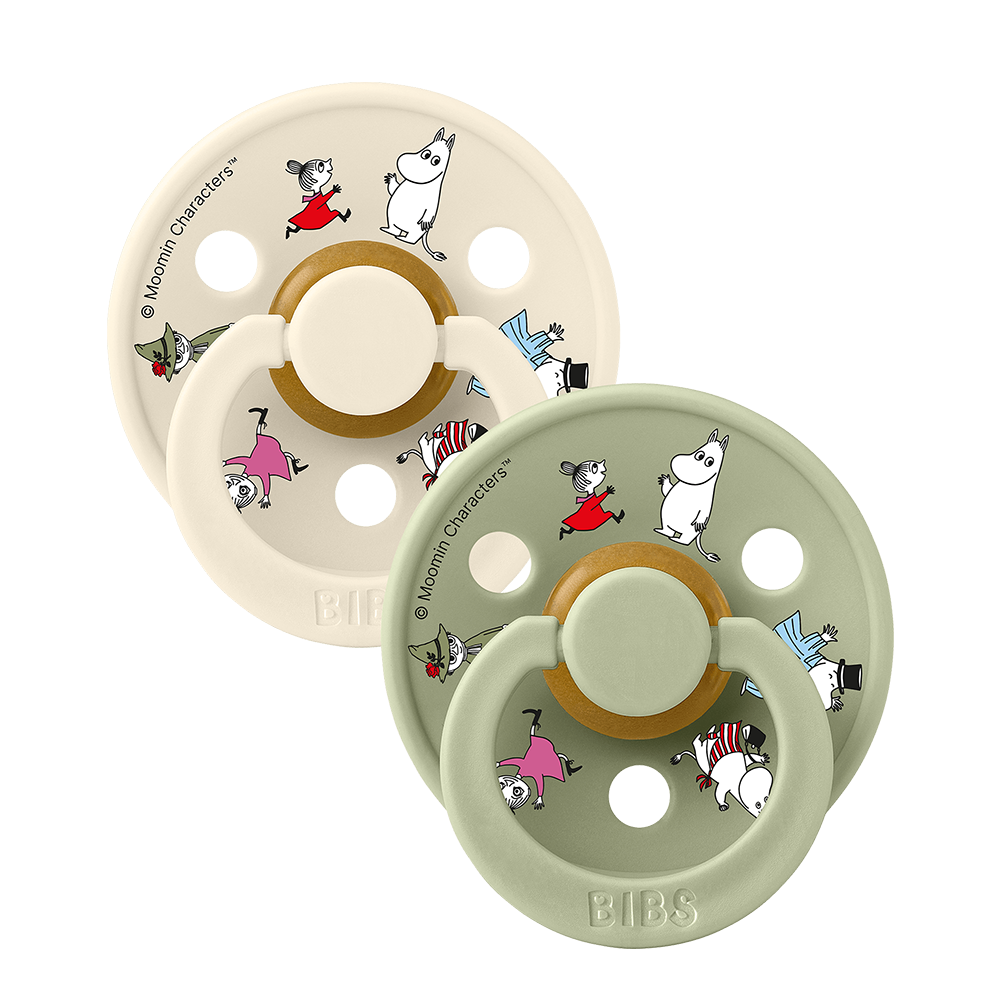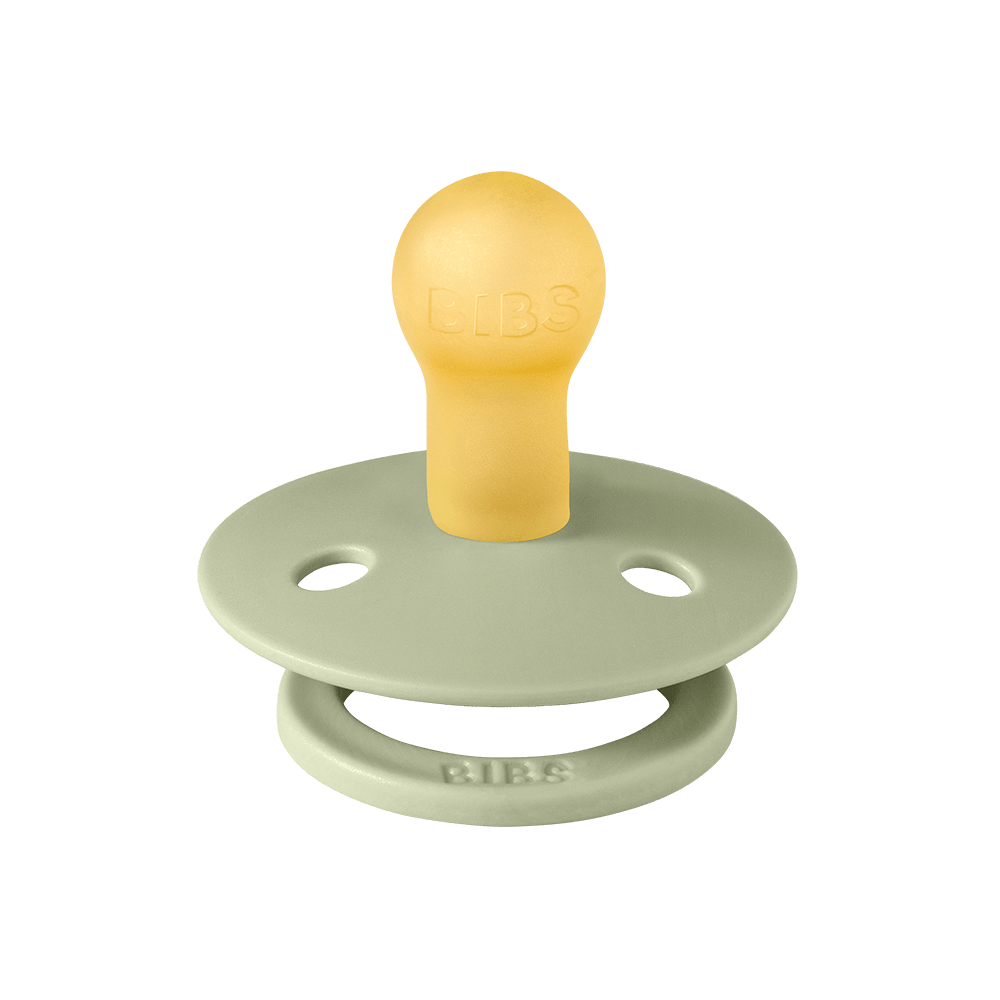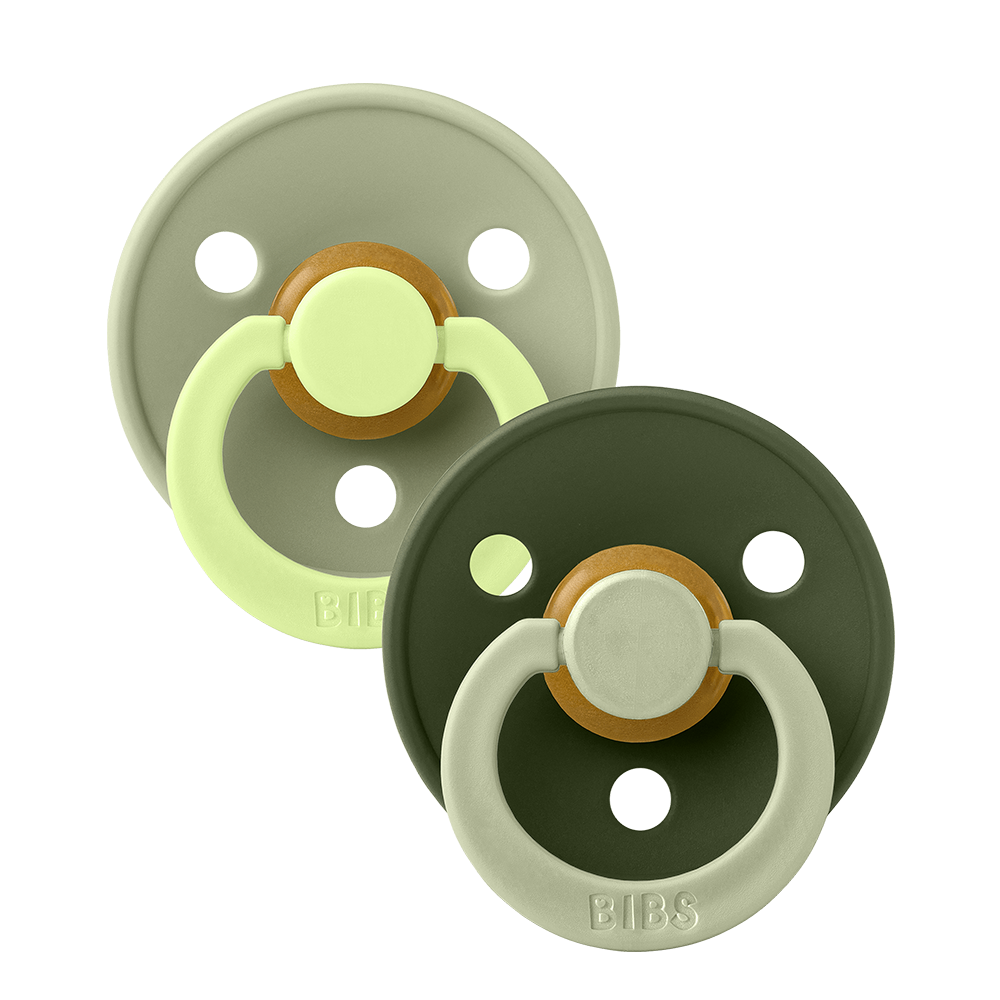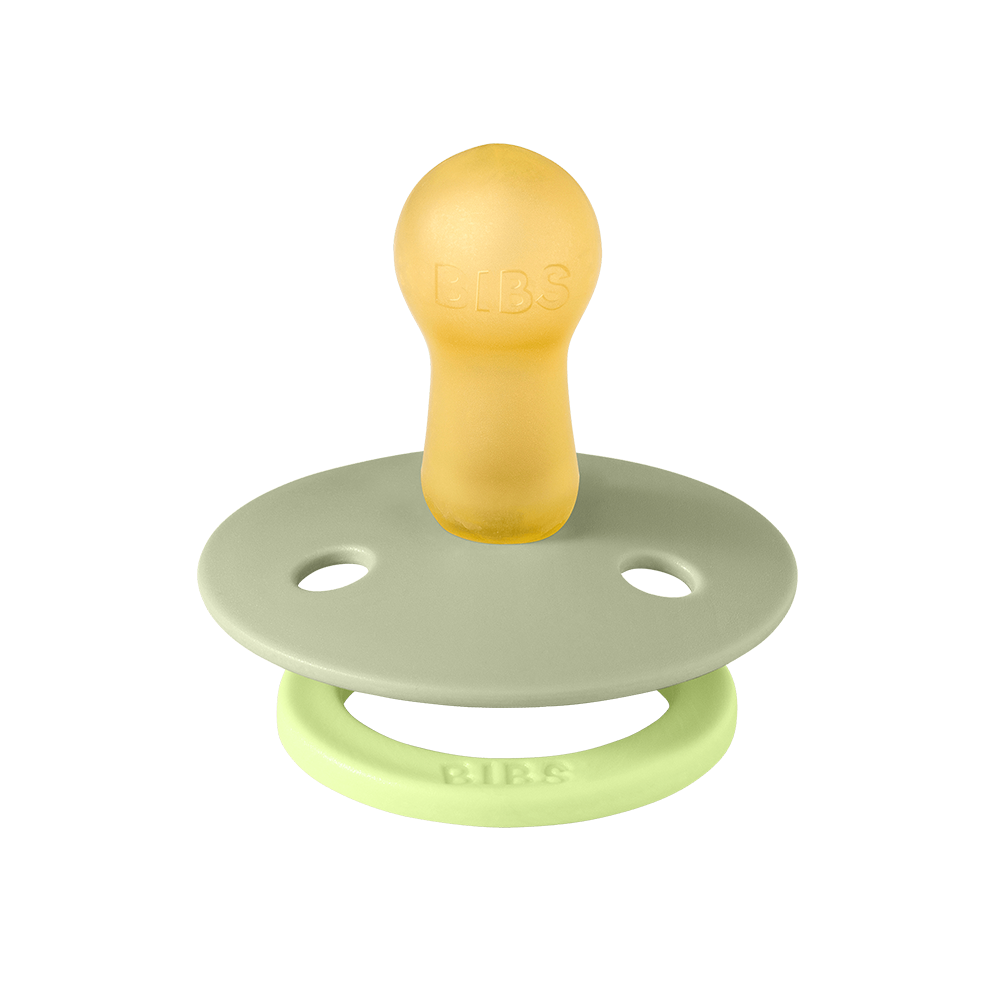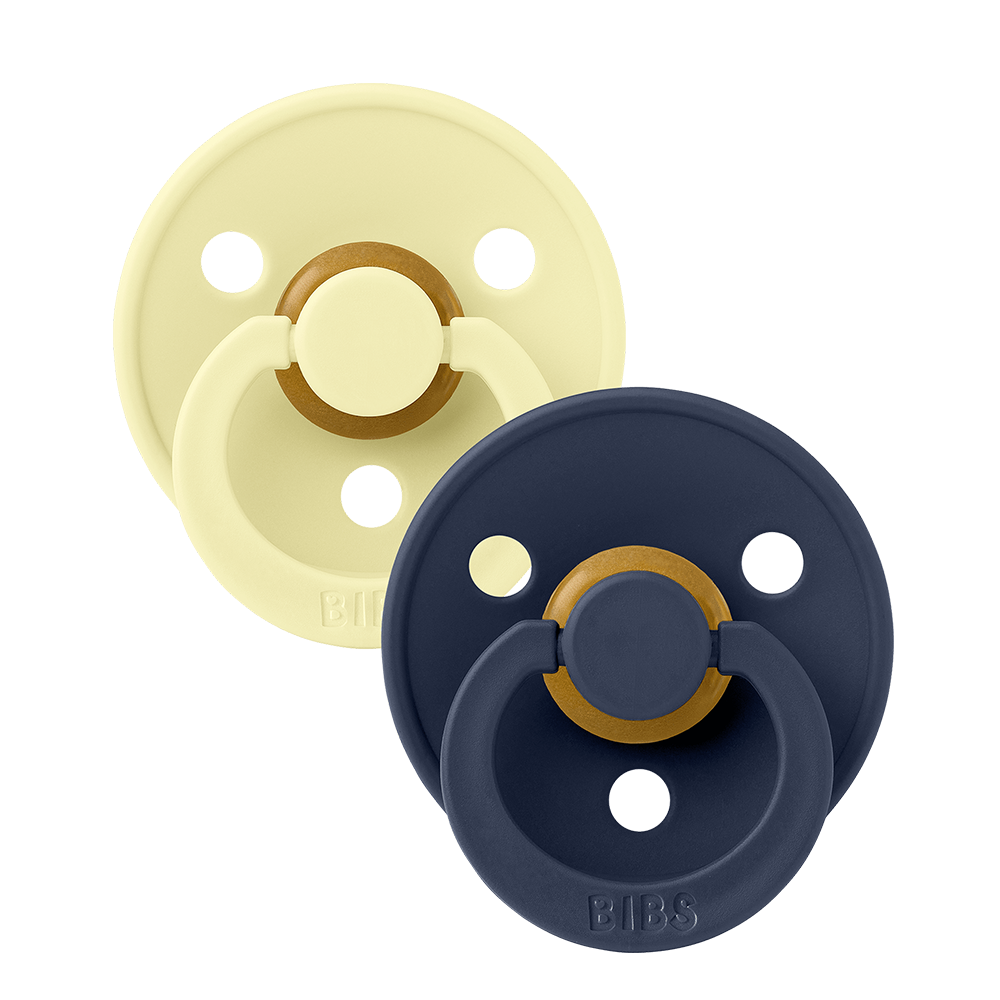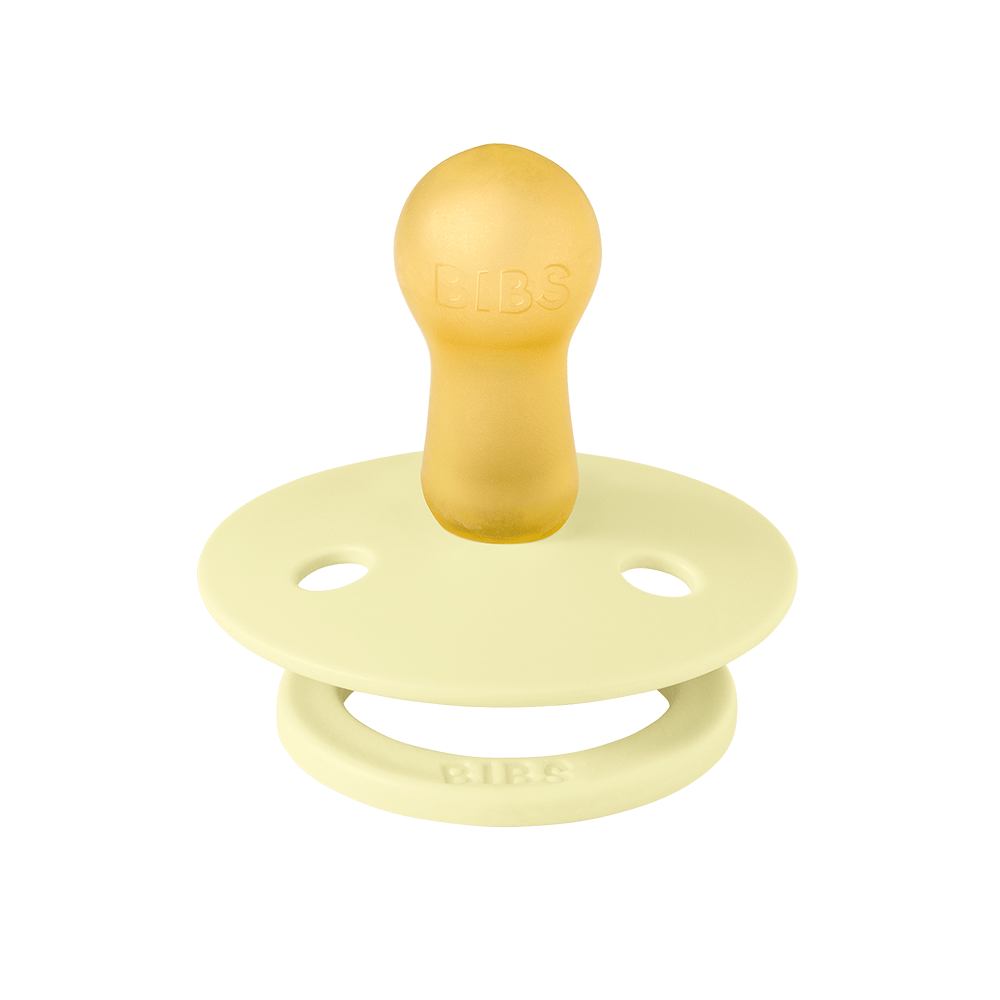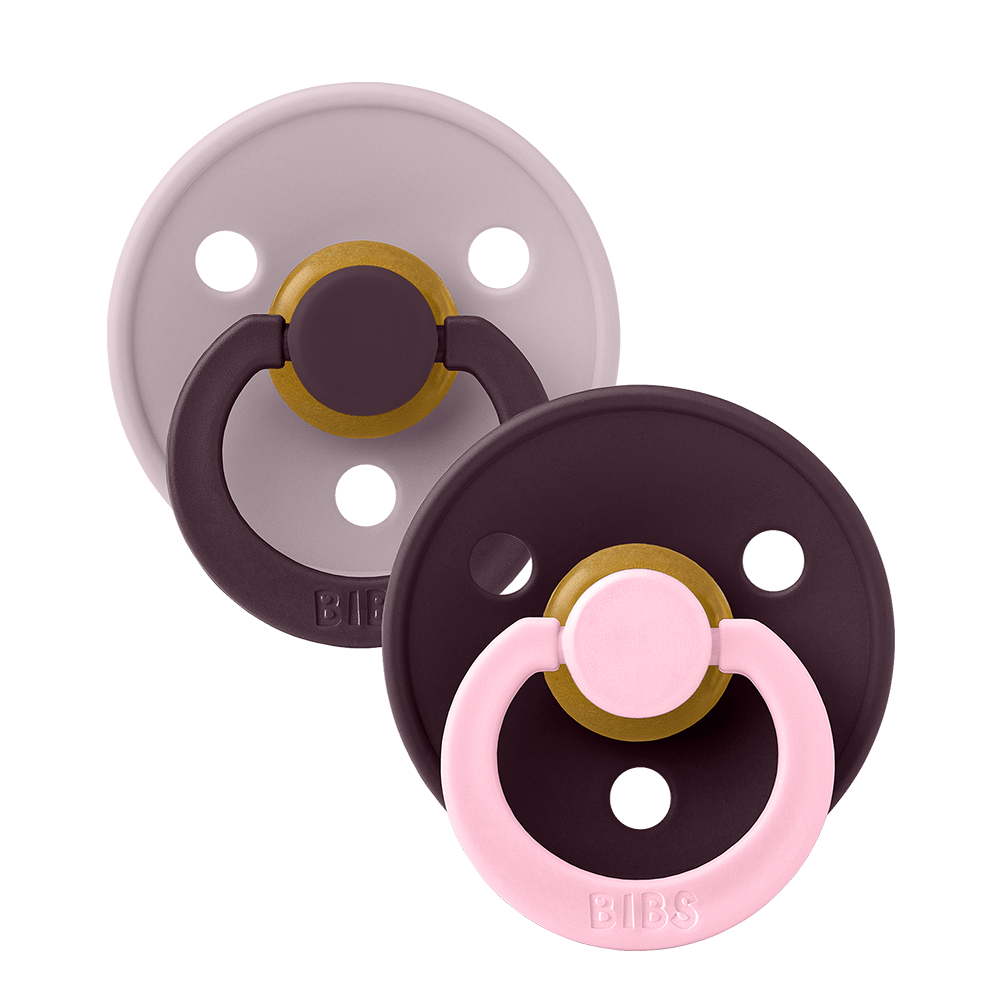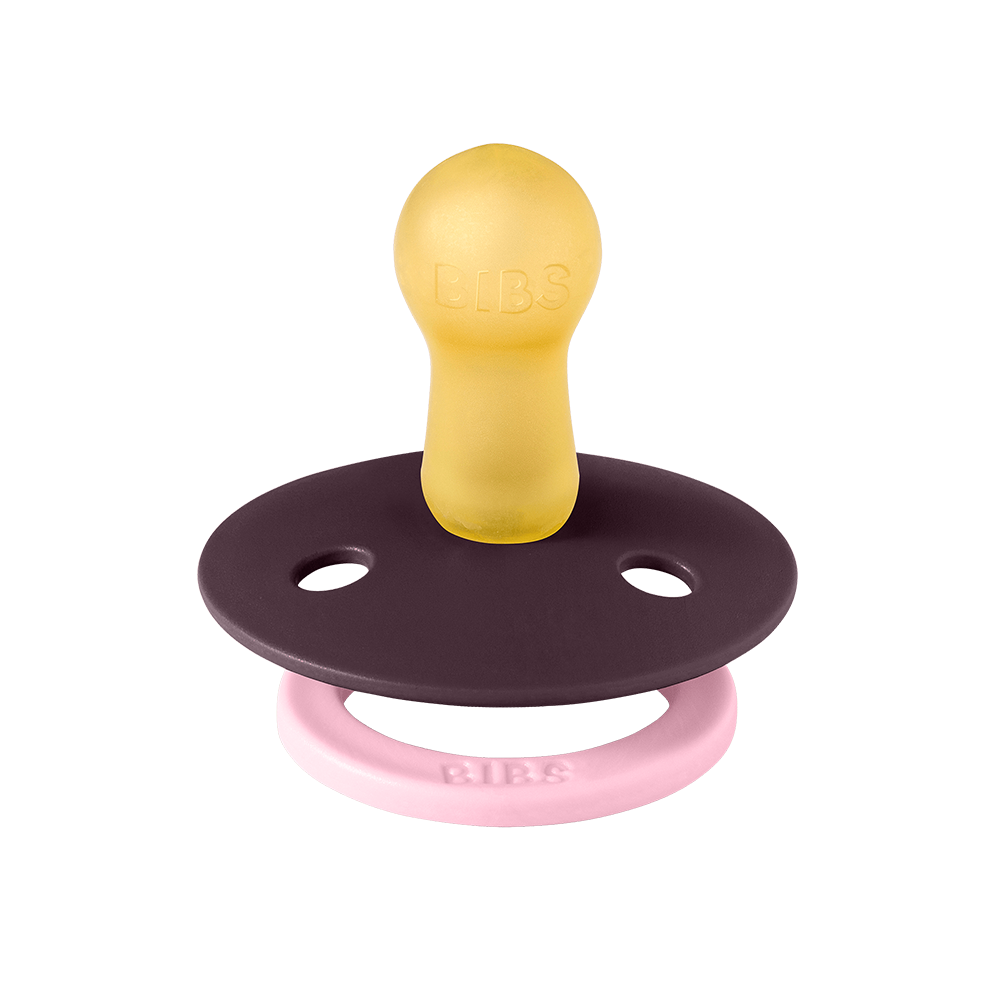When and How to Wean a Baby Off Pacifiers

Pacifiers can be a big help in those first months, soothing your baby, quieting cries, and even supporting safer sleep. But as your child grows, you might be asking: when and how to wean a baby off pacifiers?
There’s no single right answer, but with good timing, patience, and the right approach, you can make weaning feel gentle for both of you. Whether your baby uses a pacifier for sleep, comfort, or all‑day soothing, you’ll find guidance here to support the process with care.
When Is a Good Time to Start Weaning?
Many pediatricians suggest beginning to wean between about 6 months and 1 year. By then, babies often have more effective sleep patterns, feeding routines, and readiness for alternate comfort strategies.
Still, many toddlers continue using pacifiers beyond their first year. It’s okay if you and your child move at your own pace. The right moment depends on your baby’s development, comfort preferences, and daily habits.
Here are some signs your baby might be ready:
- They can doze off without needing the pacifier every time
- They’re starting to talk more and the pacifier seems to interfere
- They show less interest in it during waking hours
- You feel ready to guide the change gently
Why Letting Go Matters
Babies benefit a lot from pacifiers in the first year, but prolonged use may affect dental alignment, speech, or sleep habits. That is why knowing when and how to wean a baby off pacifiers is not just about age, but about making the transition with kindness and intention.
Gradual weaning helps your child feel secure and supported, maintaining comfort while building new soothing skills.
Ways to Wean a Baby Off Pacifiers Gently
Here are several strategies parents find helpful:
1. Start by limiting when the pacifier is used
Keep it only for bedtime or naps. Over time, reduce even those moments until your baby can sleep without it.
2. Offer other sources of comfort
Try using a soft bandana bib, favorite blanket, or gentle back rub. Comfort often comes from connection, not just sucking.
3. Use distraction and new routines
Engage your baby in play, sing, read, or go outside when they usually ask for the pacifier. New routines help shift focus and break habit.
4. Include your child if age allows
Older babies or toddlers can feel empowered if they take part. A story about giving up pacifiers, or a small ritual, can make the process feel special rather than forced.
5. Cold turkey, if that feels right
Some families find success by removing the pacifier completely and sticking with it. That can work for confident toddlers who respond well to consistency. Expect some resistant nights, but clarity can bring quicker results.
Tools That Help with the Weaning Process
At BIBS, we support you through each stage. Our pacifier collection includes options designed for comfort and oral health. For outings, our pacifier cases and clips keep things tidy and accessible while you ease off usage.
You and Your Baby Can Do This Together
Weaning from the pacifier marks a step forward, but it doesn’t have to be hard or rushed. Some babies adjust in a few days, others take a few weeks. What matters most is your supportive presence, patience, and recognizing small wins along the way.
If you’re asking when and how to wean a baby off pacifiers, the best time is when both you and your child feel ready. Take one small step at a time, and trust that you are creating new routines rooted in love, comfort, and growing confidence.
